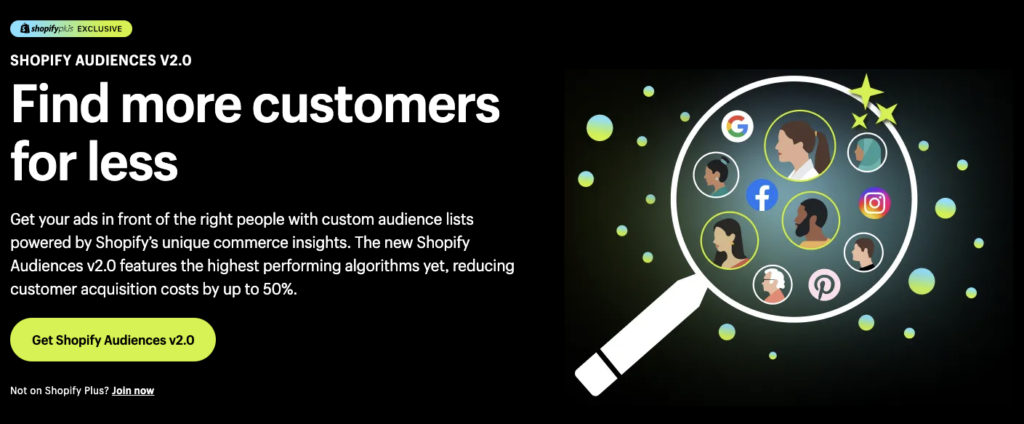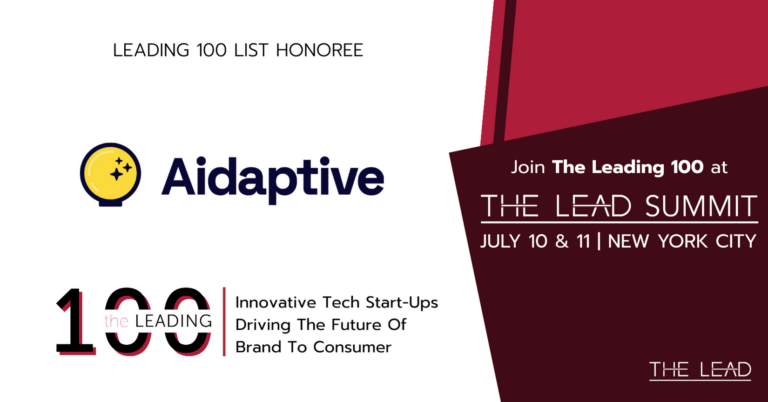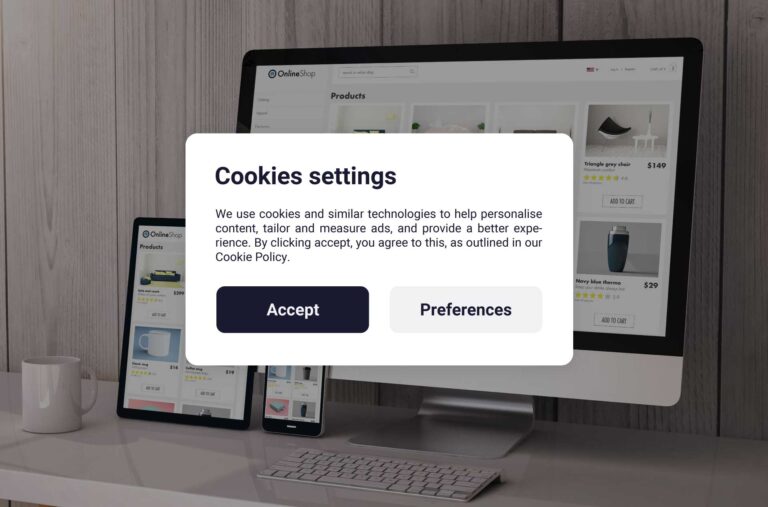Audience Segments are performance magnifiers
Audiences and segmentation are critical to any direct-to-consumer brand. Why? Because relevance and intent are priority #1 for marketing.
The idea is to group customers by their shared interests, traits, or likelihood to convert. Then use that group to target with an appropriate message, product, or creativity to increase your marketing efforts’ performance drastically.
For a well-curated audience segment, you’re increasing the chance of clicks and conversion by huge increments. Think 50% to 150% more effective.
So what are Shopify Audiences?
For Shopify Plus merchants, the Shopify Audiences feature allows brands to utilize audiences that are designed, built, and dynamically updated by Shopify to use in ads.
Let’s dig in with a bit more detail. Here we’ll explore how Shopify Audiences 2.0 work, what makes them valuable, and how you can launch a similar performance booster on your website.
Shopify Audiences 2.0 – How it’s made
Here’s the overview:
“Shopify Audiences is a tool that helps you to find new customers by generating an audience list for advertising platforms.
Shopify Audiences generates lists of buyers located in the United States and Canada who are likely to purchase from your store.
Audiences are automatically exported to your digital advertising account, where you can use them to launch ad campaigns that target that audience.”
Shopify creates an audience for your industry, product category, and brand specifically.
How? By using its enormous network of 1.75 million+ stores to identify the traits across consumers that are most likely to buy products like yours.
Just think: every store built on Shopify has all customer, transaction, product, and web browsing behavior feeding into Shopify’s internal databases. For any store not opted out, that data is anonymized, merged, and processed into countless highly specific audiences.
These audiences can be used only on advertising platforms. Namely: Meta (Facebook Ads & Instagram Ads), Google, and Pinterest.
Deploying Shopify Audience into ad platforms
Shopify Audiences are piped directly into the ad platform via integration. It’s as easy as you can imagine.
According to Shopify, “Audiences exported from Shopify are transmitted securely, and exported audiences can’t be downloaded from the digital ad platform. The raw data that’s transmitted is used to match the advertising platforms’ records and then deleted.”
Now what that means is that you do not get access to the raw data. You cannot export it to analyze or try any additional tests or use cases. The data is pushed to the ad platform for the specific use case of building an audience to target ads to.
The audience types are built around a few goals that are fairly self-explanatory.
- Higher intent, lower reach: smaller audience, but more likely to buy soon
- Mid intent, mid reach: mid-sized audience, for mid-funnel advertising
- Lower intent, higher reach: large audience, that might not be ready to buy
The immense value of Shopify Audiences 2.0
Shopify Audiences 2.0 gives your ads a superpower.
If all of our ads only were shown to people who were highly likely to buy, what would the impact be? You could spend way less money and get way better results.
That’s exactly what happens with Shopify Audiences. When you deploy these highly relevant audiences in your ad campaigns, the boost is swift and sure:
- Clickthrough Rate on ads goes way, way up.
- Conversion Rate jumps up.
- ROAS, as a result, is driven up considerably. In addition to the returns, it’s also because each interaction with your ad costs less.
Showing the right audience your ads is the most powerful thing you can do to increase your performance.
Can you use this ideology on your website and other marketing efforts outside of ads?
Using predictive audiences on your website
Shopify Audiences is only available for digital ads. It’s the nature of the product.
But the idea of automatically building highly relevant audiences with AI is not limited to Shopify. In fact, Demand-Side Platforms (DSP) popped up years ago and have been a staple of building look-alike audiences based on traits and interests.
Your store has an audience of its own. And that audience can also be used to segment into relevant groups that drive conversions.
We’ll give two core use cases:
Website visitor real-time segmentation
Every visitor who ever landed on your site left a breadcrumb trail of metadata: where they arrived from, what they looked at, some anonymous technical details, and what they ended up buying (or abandoning).
Combine that data set with your leads, past customers, and products – and boom! You’ve got a dataset that can be used to identify the traits and behaviors that lead to interest and conversions.
Using a Predictive AI Platform to process this data and translate it into an actionable application on your website, you can automatically build audience segments of website visitors who will see different experiences on your website – creating a much higher likelihood of good results, just like Shopify Audiences: CTR, CVR, ROI, AOV.
Aidaptive’s eCommerce AI Platform does this end-to-end process and deploys audience-based customized product recommendations and website search experiences that make the members of that audience more likely to buy.
Email & SMS conversion audiences
Similar to the above, once you’ve collected a website visitor’s email address – they enter your database, and there’s an array of related data about them (what they input, clicked on, purchased, abandoned, etc).
Combining all current and historical data about leads and customers in an AI platform will produce the same result as above: intelligent audience segments that can be used for high-performing email and SMS marketing campaigns.
Here are two examples
1) You’re likely running automated emails for abandoned carts, abandoned browse, and other automated workflow emails through your ESP (Klaviyo, etc.) based on shopper behavior.
These shoppers may all be part of different segments. However, behind-the-scenes segmentation has mapped each audience to a select list of highly relevant products. Products they are most likely to buy next.
So in each of those automated workflow emails, the AI platform can also automatically feed the right set of related product recommendations into the email to make it even more relevant to each person in their respective audience.
The result? Higher email clickthrough and more revenue per email.
2) You may run bi-weekly specials and promotions on highlighted products. Let’s say you have a high inventory of a given product that’s not selling much. In order to offload some of that, you want to use that product for the bi-weekly special.
The AI-powered audience segmenting has looked at the relationship between each customer in your email list & the products they are likely to be interested in.
You can use an audience segment for the next two weeks specifically built around the high likelihood of converting on this stuck product to drastically increase the sales from each email. (And offload that high-inventory SKU!)
Like Shopify Audiences, this allows you to use an intelligently defined grouping to extract more interactions, purchases, and revenue from the same work.
Conclusion
Shopify Audiences 2.0 is the next generation of optimized ad performance.
If you’re on Shopify Plus, you’re missing out if you have not started using these ad audiences. Stop now and go check it out!
Relevant audiences will always be the most important part of marketing execution. At Aidaptive, we’re happy to provide you with a free consultation.
Beyond Shopify Audiences driving improvements on your ad campaigns, you can also use audiences to drive performance on your website and email.
How might this look in practice? Here’s an example of how Predictive Audiences work:
Bearbottom Clothing used website audiences to do real-time conversion rate optimization across their merchandising pages and website search. This lifted their AOV by +38.20%, conversion rate by +8%, and clickthrough by +55%.
“From a hard number standpoint, we saw clearly an increase in clickthrough rates on the recommendations and searches, on revenue per customer and visitor to the site, to the cart size, and the overall conversion rate, they all improved significantly.” -Josh Firestone, CMO at Bearbottom Clothing
You can also read more about Bearbottom’s case study here.
In case you missed it:
Aidaptive launches the first-ever “CRO Anthem” Music Video to bring awareness to merchants to prepare early for Black Friday and Cyber Monday and avoid unwanted consequences.
Aidaptive’s team is on a mission: Boost your store conversions by at least 20%*. And to help you get started, we are offering a 90-day free trial to the companies that qualify. Click here to learn more.



